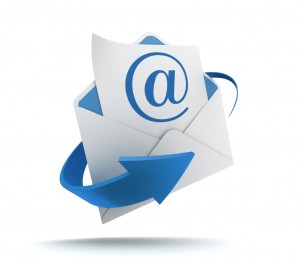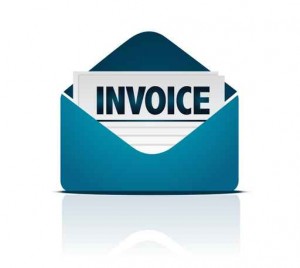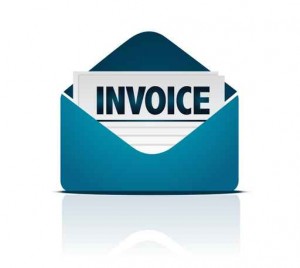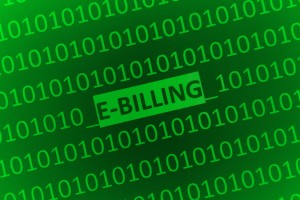
A digital mailroom captures or converts into digital format all incoming business documents – paper, emails, faxes, indexes them and stores them securely.
Organisations receive thousands of documents every day in multiple formats – paper, fax, emails, PDF, XML (Extensible Markup Language) and EDI (Electronic Data Interchange) resulting in disparate systems using manual processes with often high invisible costs.
To first understand how a digital mailroom might benefit an organisation we need to know what it is or does?
“A digital mailroom is the automation of incoming mail processes using document scanning and document capture technology. Companies can digitise incoming mail and automate the classification and distribution of mail within the organisation. Paper and electronic mail can be managed through the same process allowing companies to standardise their internal mail distribution procedures and adhere to company compliance policies”. (Wikipedia)
Why implement a digital mailroom?
Accuracy, faster and cost-effective which helps organisations remain competitive and regain focus in the current global economic climate.
With mail volumes growing at an exponential rate and I include ALL types of correspondence, not just paper-based and with companies having mobile workforces and various regional offices it makes sense to convert all incoming correspondence and communication into a digital format for distribution.
Instant communication accurate information and distribution of this information is vital coupled with the compliance and accountability that companies invest in back up systems, document scanning and storage and compliance solutions all of which are time and money.
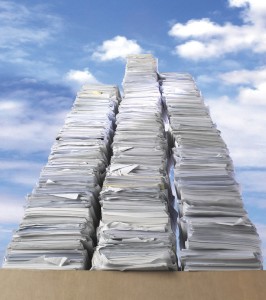
A digital mailroom automates the process of distributing incoming documents into a document management system.
How does it work?
Information is captured or converted into digital format with each item classified using intelligent capture. It is then indexed and placed in the document management system
A workflow process notifies the user or group of the existence of the document so that they are able to control the processing of this document to its completion.
An additional workflow process is then created to let the sender of the document know that it is being dealt with.
Once allocated the document is then moved into the correct folder within the document management system which contains all other relevant information and documents.
Management information from incoming documents and their current status within the business is available.
What benefits can be derived from implementing a digital mailroom?
- Turning all incoming paper mail, faxes, electronic mail into images reduces operational costs, reduces manual processes and provides instant access to documents by employees irrespective of where they are located.
- Decision-making processes are quicker because the information is accessible faster.
- Reduced paper storage and archiving costs by encouraging employees to do without paper for example reducing printing and copying of documents.
- Minimal distribution of paper-based mail.
- Creating digital images of incoming mail and establishing a workflow process ensures the document can be tracked through its life cycle.
- A scanned document is accessible by authorised users and can be referenced to other relevant documents in the document management system.
- The security of the process guarantees the authenticity and integrity of the document which aligns with the records management policy of the company.
Finally
What next?
You can also follow us on twitter, like us on facebook and connect with on linkedin for all our updates.

